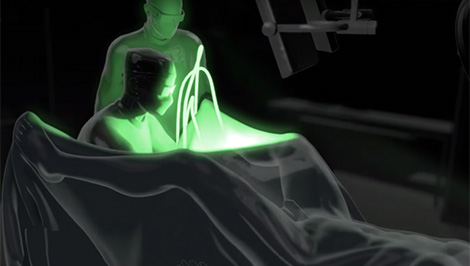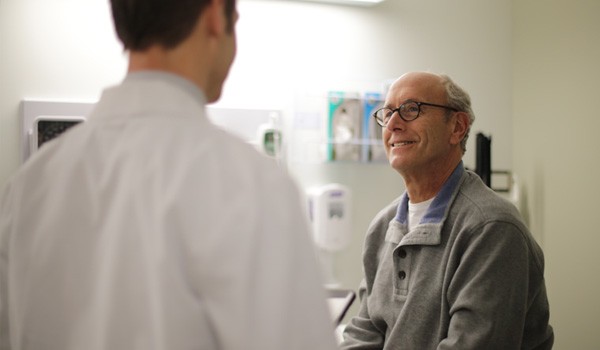GreenLight™
Laser Therapy
This treatment option provides rapid relief of symptoms caused by benign prostatic hyperplasia (BPH). In many cases, GreenLight™ Laser Therapy also offers a shorter hospital stay, less catheterization time, less bleeding, and a faster recovery than traditional surgical options.1-5
Resources
Explore
How It Works
The Procedure
Recovery
Side effects include, but are not limited to:
- Blood in the urine
- Irritation of the bladder, resulting in frequent and/or urgent need to urinate
- Irritation of the urethra, resulting in frequent urination and/or a burning sensation
- Retrograde ejaculation (during sexual climax, semen travels backward to the bladder rather than exiting through the penis)
Important Safety Information
All surgical treatments have inherent and associated risks. The most common risks associated with Photoselective Vaporization of the Prostate (PVP) are: hematuria; short term dysuria; and, urinary tract infections. You should talk with your doctor about benefits and risks before moving forward with any treatment option.


















